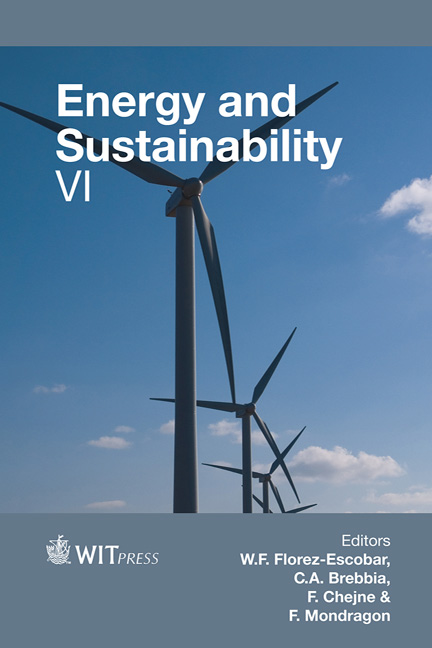Hydrokinetic Turbine Location Analysis By A Local Collocation Method With Radial Basis Functions For Two-dimensional Shallow Water Equations
Price
Free (open access)
Transaction
Volume
195
Pages
11
Page Range
3 - 13
Published
2015
Size
283 kb
Paper DOI
10.2495/ESUS150011
Copyright
WIT Press
Author(s)
C. A. Bustamante, W. F. Florez, H. Power, A. F. Hill
Abstract
Recently, hydrokinetic turbines arise as a suitable technology for renewable energy production in isolated zones where solar, wind and tidal energy are limited. Hydrokinetic turbines convert kinetic energy of free water flow in rotational kinetic energy. This energy is finally converted to electrical energy by an integrated generator. Regarding the fact that power output is proportional to the cube of river average velocity, knowing velocity distribution in the installation zone is a crucial aspect for an optimum turbine operation. In this study, two-dimensional Shallow Water equations (SWEs) are solved by the meshless method of local collocation with Radial Basis Function in order to obtain the depth velocity average distribution and water height in open channel flow. Firstly, power output is estimated for a conventional turbine located in the centre of a straight channel. Afterwards, SWEs are solved in a channel with elements to increase local velocity with the aim of estimating power output increment. Electricity production can be increased by adding geometrical elements which modify flow pattern keeping an adequate depth for turbine operation.
Keywords
hydrokinetic turbines, radial basis functions, local collocation, open-channel flow, power estimation





